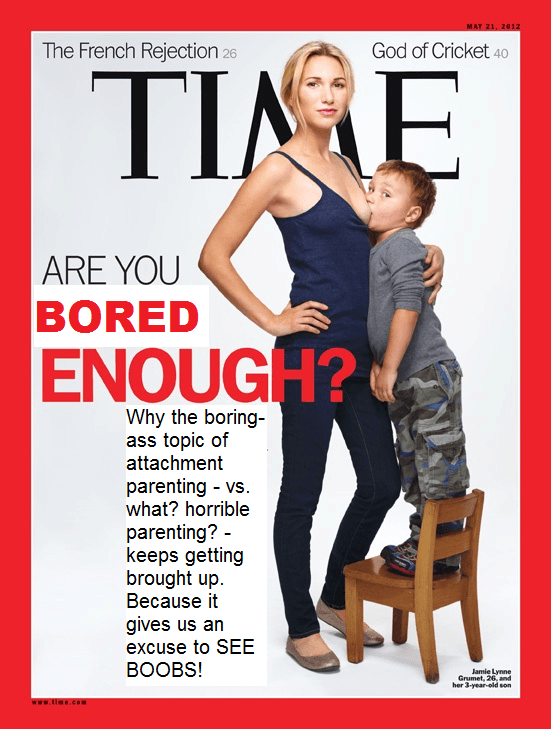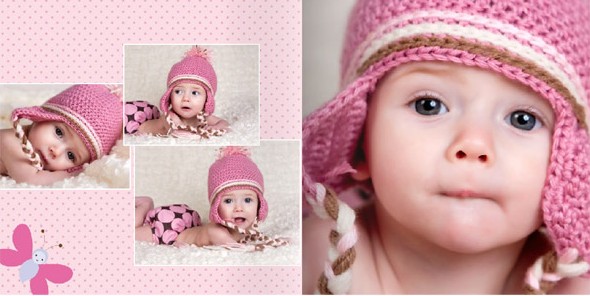If you haven’t already realized it, babies can be expensive little bundles of joy! Sandy Jones and Marcie Jones, authors of Great Expectations: Best Baby Gear, estimate that your new baby can cost you anywhere from $9,000 and $12,000 during pregnancy and the first year of life. Here are some of their money-saving tips (via baby zone) for saving thousands of dollars on your new-baby costs.
Car Seats & Strollers
- Convertable car seat: Buy a “convertible” car seat, instead of an infant car seat. While the infant car seats (for smaller babies only) are handy because you can transfer the baby from the car to the stroller to the house without waking her, a convertible seat will last you longer, until baby is 40+ pounds.
- Infant car seat: If you do buy an infant car seat, you don’t need to buy the whole expensive “travel system,” including stroller, that goes with it. You can simply buy a generic “snap n go” that is made to accommodate that type of car seat.
- Stroller: When looking for a stroller, you may think that the more expensive models are somehow of better quality. Instead, look at the lower end of a respected brand (such as Graco, Kolcraft, or Cosco). Look for something lightweight, that reclines, that can handle a bumpy road. Purchase extra accessories as you need them.
- Free car seat: Some community organizations, car dealerships, and muffler companies offer free loaner car seats.
Feeding Baby
- Breastfeed: If you decide to breastfeed, not only are you providing your baby with the optimal baby food, you can also save $2,000 a year, just in the cost of formula and bottles. (This amount increases a few thousand more if your baby is allergic to infant formula and requires hypoallergenic versions.) And if that’s not enough, you’ll also be reducing your baby’s chances of obesity, digestive issues, juvenile diabetes, cavities, and even needing braces later on! (Learn more about breastfeeding benefits.)
- Breast pumps: Do you really need a breast pump? If you are going to be home with your baby, let him do all the pumping himself! If think you need a pump, you can temporarily rent a highly efficient, hospital-grade pump until you’re sure you really need to own your own pump. And if you decide to buy one, a good breast pump can be yours for under $200.
- Bottles: It’s much cheaper to use reusable bottles and just wash them after use, than buying the more convenient disposable bottles. Buy bottles made of non-polycarbonate material with smooth sides that are easy to clean.
- Baby Food: When you’re baby is old enough for mashed fruits and veges, you can easily make your own… it’s not rocket science! All you need to do is mash up a banana or a sweet potato, open a jar of unsweetened applesauce, or throw some cooked veggies in the blender!
Baby Clothes & Diapers
- Cash in: You’re likely to get a few baby gifts that you don’t really want or need. Instead of storing them away somewhere, return them for cash, sell them at a consignment shop or on eBay, or exchange them for goods you really need.
- Shop for comfort: Miniature designer jeans and expensive sundresses are certainly adorable, but there’s nothing like good old-fashioned cotton tee shirts, gowns, and footed sleepers. They’ll cost you much less and are also a lot more comfy for baby!
- Buy them big: Babies outgrow their clothes very fast! Buy new outfits with room to grow in so you’ll get more use out of them.
- Beg and borrow: Even better than inexpensive t-shirts and onesies, borrow a box of you’re friend’s outgrown baby clothes! And if they are not planning on having any more babies, they may be happy to give them away to a “good cause!”
- Diapers: Stock up on disposable diapers—buy them by the case from giant warehouse chains.
- Wash wisely: Special baby detergents are expensive, and the powdered type can clog up fabrics, making them less absorbent. If you are worried about irritating your baby’s skin, use a liquid, fragrance-free detergent
instead, and avoid fabric softeners.
Baby Gear
- Diaper bag: You’ll definitely need something for the extra paraphernalia you’ll be shlepping around now (diapers, wipes, extra clothes, diaper cream, pacifiers, etc!)… But no need to waste money buying something new when you probably have a nice, roomy bag or backpack that will work just fine. Folding diaper pads and clear plastic pouches will turn any over-the shoulder satchel into a convenient diaper bag.
- Crib: Don’t fall for the fancy cribs that double as desks or love seats. All you need for the first couple years is a simple crib with one side that lowers. Later on, you can use the same mattress in a toddler bed frame, if you choose.
- Mattress: Go with a firm foam mattress, which works just fine and will save you hundreds of dollars over a 750-coil Baby Beauty mattress with a lifetime guarantee.
- Furniture: It’s tempting to buy nursery furniture that matches the crib, but these pieces are often overpriced and of lower quality. Instead, shop in antique malls and thrift stores to find a quality chest that you can adapt for your baby’s room. (Safety note: Change protruding knobs to flat handles. Install drawer stops, and the chest should be attached to the wall with L shaped brackets to keep it from falling over when your toddler starts testing his climbing skill on the open drawers.)
- Diaper station: Use the chest or dresser top as a changing station. Just purchase an inexpensive cushioned diaper-changing pads with raised sides, and be sure to firmly attach the pad to the chest using the provided screws.
- Booster seat: Instead of a high chair, using a booster seat will save you space and money! You just strap the booster onto one of your kitchen chairs. Some come with removable trays, so you can put baby’s food on the tray or just scoot him up to the table and let him join the family.
- Baby toys: Toy manufacturers entice you with promises to teach, entertain, enhance, and stimulate your little one in lots of different ways. But the truth is that babies have a very limited attention span, and the best type of multi-sensory stimulation can be provided by you when you walk, talk, sing, and play with them.
- Baby Gate: Try a pet gate, usually manufactured by the same companies! As a bonus, the pet gate may be higher, a good thing if your child is a climber. Just make sure the gate’s mesh can’t be scaled by small feet!
- Diaper disposal: Diaper-disposal systems are designed to seal off diapers so they won’t smell. But a regular kitchen-sized trash bin will work just as well, especially if you tie stinky diapers in a plastic bag before tossing.
More Misc. Tips
- Family Doctor: If pediatrician fees are higher than you’d like them to be, try visiting a family physician. They are trained to treat the entire family, including infants!
- Coupons: Get on lists that will send you money-saving coupons for diapers and formula. Check out baby clubs sponsored by drugstores and supermarkets, manufacturers’ web sites, and Internet coupon sites.
- Baby Fairs: Manufacturers’ sales reps don’t want to have to pay shipping to send their products back to the warehouse. So you may be able to strike a deal to buy their display products at big savings!
- More: For more tips, get Great Expectations: Best Baby Gear by mother-daughter team Sandy Jones and Marcie Jones! Or visit Baby Zone for advice on being a smart consumer when you’re shopping for your family.






